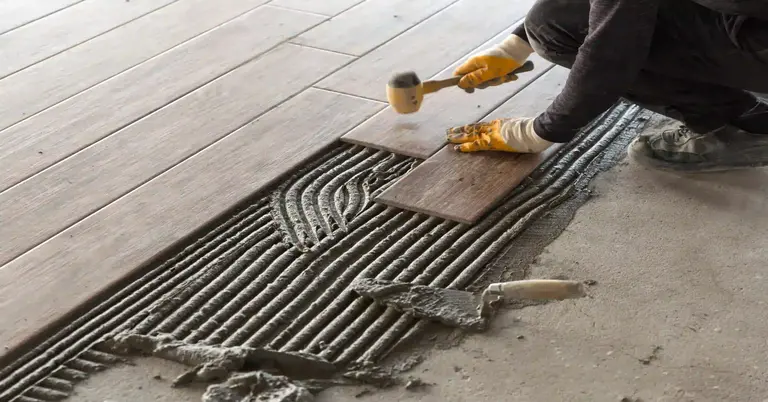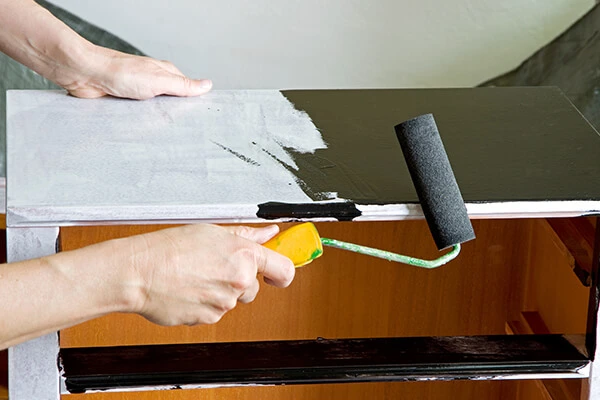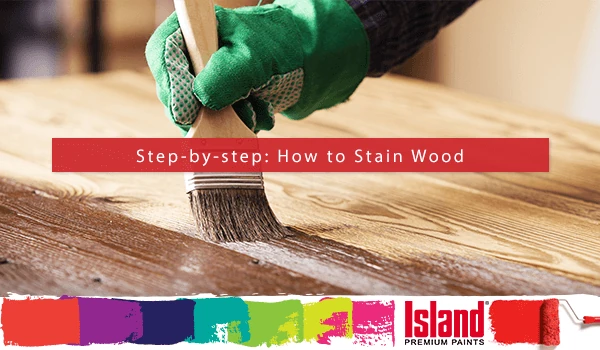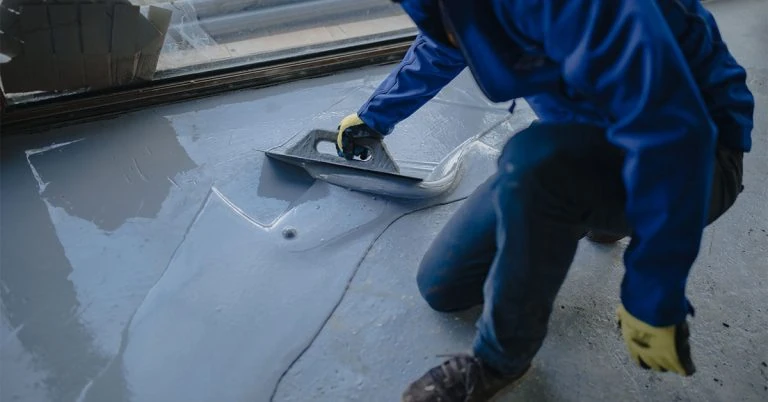Home Decorating Tips


Home Decorating Tips
Tile Adhesive Explained: Tips for Home Projects in PH
Posted on July 14, 2025
Last updated July 16, 2025
Tiling can do wonders for a space. Whether you’re sprucing up your kitchen backsplash, renovating a bathroom, or upgrading your lanai, tiles give a clean, durable, and polished look. But here’s something a lot of people miss: even the most premium tiles won’t last if they’re not installed with the right tile adhesive.
It sounds like a small thing, but it’s actually a big deal. The adhesive keeps everything in place. And in a country like the Philippines, where it’s humid one minute and raining hard the next, you’ll need one that can keep up with our weather. Otherwise, all that work (and budget) could go to waste.
Why the Right Tile Adhesive Matters (Especially in the PH)
We’re no strangers to tough weather conditions. Here in the Philippines, we experience high humidity, sudden downpours, heat, and shifting temperatures—all of which can impact tile installations. If your tile adhesive isn’t made to handle all that, the tiles can pop off, crack, or sound hollow underfoot. More than being an eyesore, you’re looking at wasted materials, repair costs, and even potential safety risks, if that happens.
So if you’re asking, “What kind of tile adhesive should I use?” It really depends on your surface, tile type, and environment. But one thing’s for sure: skimping on adhesive quality can undo even the most careful tiling job.
Tile Adhesive Types (And Which Projects They’re Best For)
With so many options on the shelf, picking the right tile adhesive can feel overwhelming. But don’t worry—it all boils down to three main types, each with its own strengths and ideal uses. Understanding them will help you choose the best one for your project.
1. Cement-Based Adhesive (A solid choice for most Pinoy homes)
This is the go-to adhesive for many pros because of its reliable bond strength, plus it’s cost-efficient too. It usually comes as a powder you mix with water. Once applied and cured, it forms a strong, water-resistant bond that works well with common construction surfaces like concrete floors and CHB (concrete hollow block) walls.
Best for: Ceramic and porcelain tiles on both interior and exterior walls and floors. Suitable for most rooms, including kitchens, bathrooms, and even outdoor areas (when modified).
2. Epoxy-Based Adhesive (For jobs that need extra muscle)
When the job calls for maximum durability, epoxy adhesives are your best bet. They come in two parts: resin and hardener. Mix them and you get a chemical bond that’s almost indestructible. It’s 100% waterproof and resistant to stains and chemicals. However, it’s not beginner-friendly as it sets fast, costs more, and needs careful handling.
Best for: High-demand or high-moisture environments like swimming pools, industrial kitchens, and workshops. Works great on unusual surfaces like glass or metal.
3. Dispersion or Ready-Mixed Adhesive (The convenient pick for small projects)
No mixing needed here. Just pop the lid and apply. These are usually acrylic-based, ideal for small, decorative tiling work. It’s very easy to use, which makes it DIY-friendly. But ready-mixed adhesives don’t cure well in humid or wet settings, and they don’t bond well with non-porous tiles like porcelain, so skip these for floors, bathrooms, or outdoor spaces.
Best for: Small ceramic tiles on interior walls in dry areas, like decorative walls and kitchen backsplashes.
Surface Prep: That One Step You Shouldn’t Skip
Even if you’ve got the right tile adhesive, it won’t stick well if your surface is in bad shape. So before you even think of opening that bag, check the area you’re tiling.
Is it dusty? Wipe it down. Greasy? Clean it properly. Uneven? You’ll want to patch up those dips or cracks. Loose bits of concrete or plaster? Those need to go. Otherwise, the tiles might not sit flat and could end up looking wavy.
And if you’re working with new concrete or CHB, let it cure fully and brush off any leftover sand. It may take a bit more time, but trust us—a little prep goes a long way and can save you from redoing the whole thing later.
The Tile Adhesive That’s Built for Local Homes
For most Filipino homes, a good cement-based tile adhesive is really all you need. It’s practical, fits our construction style, and works well on common surfaces like CHB walls and concrete floors. That’s exactly what Equip Tile Adhesive by Island Premium Paints was made for.
It’s built to handle our weather—heat, humidity, even the occasional typhoon. Whether you’re tiling your kitchen backsplash or fixing up an outdoor lanai, this tile adhesive sticks where it needs to.
It’s also designed to be easy to work with. The texture spreads smoothly, so you get even tile adhesive coverage without the fuss. That’s a big plus for both pros and DIY-ers. And when it comes to price, this tile adhesive keeps it reasonable. You’re getting reliable performance, minus the premium price tag.
So if you’re looking for a tile adhesive for your next project, go for the one that’s made with our homes and climate in mind. Equip Tile Adhesive does it better.
References:
https://www.thetilershub.co.uk/blog/understanding-tile-adhesive
https://www.angi.com/articles/types-of-tile-adhesive.htm
https://www.bal-adhesives.com/blog/ready-mixed-or-powdered/
https://www.sts-uk.com/tile-adhesive-ready-mixed-or-powder
https://pmaimperio.com/en/blog/floor-preparation-for-tile-work
Our Products
Our line of high quality paints and products will give your home or project the vibrancy it needs.
Explore Colors
Ready to explore colorful possibiliies today? View our popular paint colo combination palettes for great color schemes and room design ideas for interior and exteriors.



